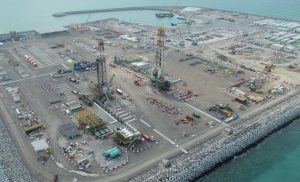
Abu Dhabi’s sour gas expansions
Already the world’s largest exporter of sulphur, Abu Dhabi continues to expand its sour gas production and sulphur output.

Already the world’s largest exporter of sulphur, Abu Dhabi continues to expand its sour gas production and sulphur output.

Biostimulants are emerging as mainstream products with major fertilizer producers – including Yara, Mosaic, Fertiberia and ICL – launching their own biostimulant lines and expanding production capabilities. Smaller innovative companies, meanwhile, such as Azotic and Fyteko, remain the mainstays of the sector and are continuing to being new products to market. Other players such as Den Nouden/GrowSolutions are targeting the expansion of organic fertilizers.

This case study reports on the successful collaboration of two experienced partner companies to replace the problematic upper part of a co-current flow quench tower in a spent acid plant and shows the benefits of using resistant, pre-lined workshop fabricated equipment.
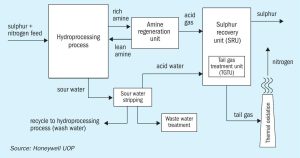
Honeywell UOP’s nViro Hydro process provides an alternative solution to conventional hydroprocessing waste treatment utilising a sulphur recovery unit and tail gas treating unit. Janet Ruettiger of Honeywell UOP discusses the benefits of nViro Hydro which include improved operational efficiency, creating a new revenue stream and reduced capital outlays, operating expenses and water use.
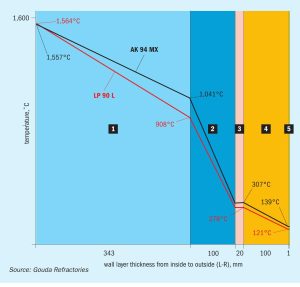
Gouda Refractories continues to upgrade its refractory solutions for the sulphur recovery industry as well as developing new superior products for installations operating at higher temperatures due to oxygen enrichment.
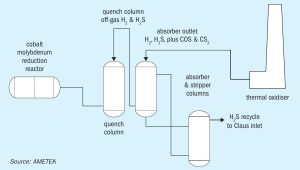
As plants move towards full unit control, Jochen Geiger of Ametek Process Instruments provides an overview of how the latest sulphur plant analysers are providing greater insight into sulphur plant operations.
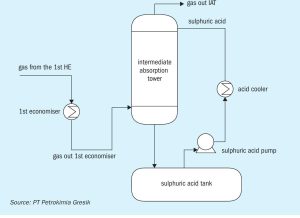
Anggi Arifin Nasution and Aldifi Putro of PT Petrokimia Gresik detail an inventive redesign of their economiser, a critical component in sulphuric acid production, focusing on energy efficiency, decarbonisation, process optimisation, and equipment durability.
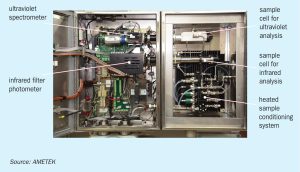
Comprimo and Ametek now offer the Analyser Air Control Technology (2ACT) Solution to the industry in which the information for the SRU air control is available 6-7 minutes earlier with the installation of an acid gas feed analyser-based feed forward control. This improvement to conventional SRU combustion air control systems enables operating companies to control their assets closer to design capacity at higher recovery efficiency and with fewer unscheduled outages.
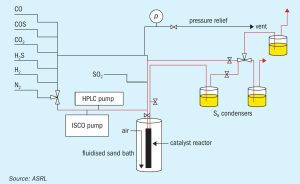
Temperature dependent rate constants for the hydrolysis of CS2 and COS across Claus Al2 O3 and TiO2 catalysts are valuable tools for the design and optimisation of new, as well as existing, sulphur recovery units. In this context, Alberta Sulphur Research Ltd (ASRL) has measured CS2 and COS hydrolysis rates over a range of temperatures for both Al2 O3 and TiO2 catalysts under start-of-run and, more recently, end-of-run first converter conditions. In this article Christopher Lavery, Dao Li, Ruohong Sui, and Robert A. Marriott of ASRL report on their methodology and the utility of the kinetics calculated from their data and draw comparisons between the start-of-run and end-of-run results.
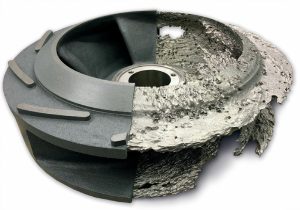
We profile leading suppliers of tailor-made pumps and pipes to the phosphates and sulphur industries.